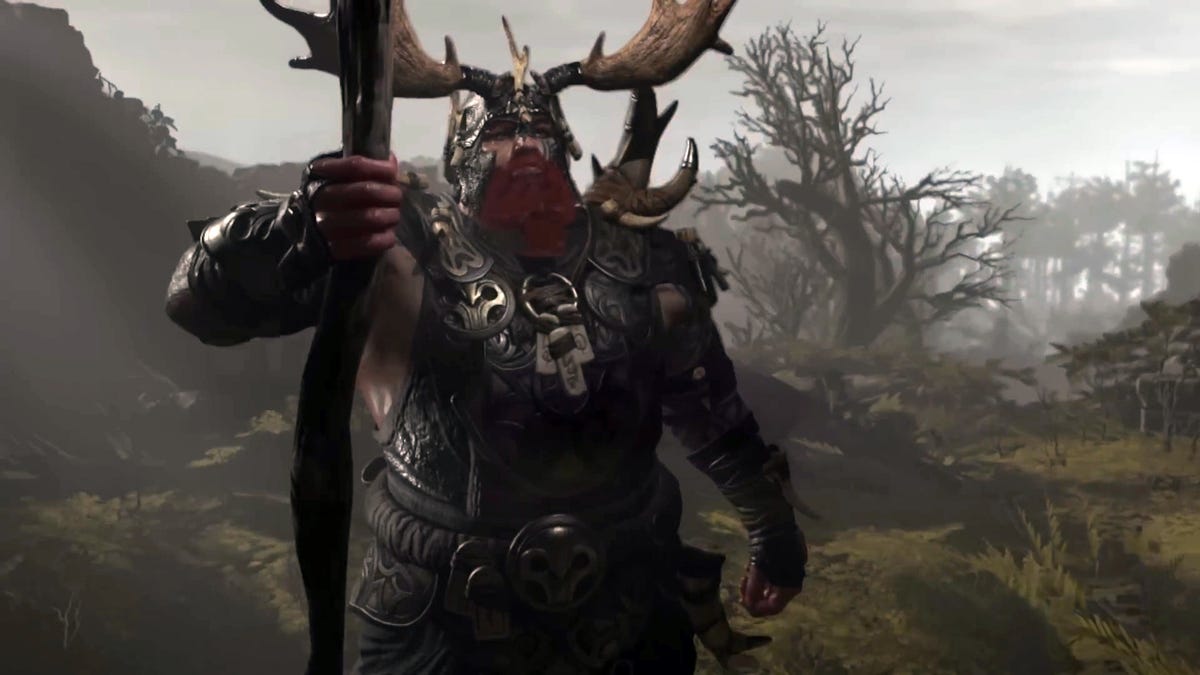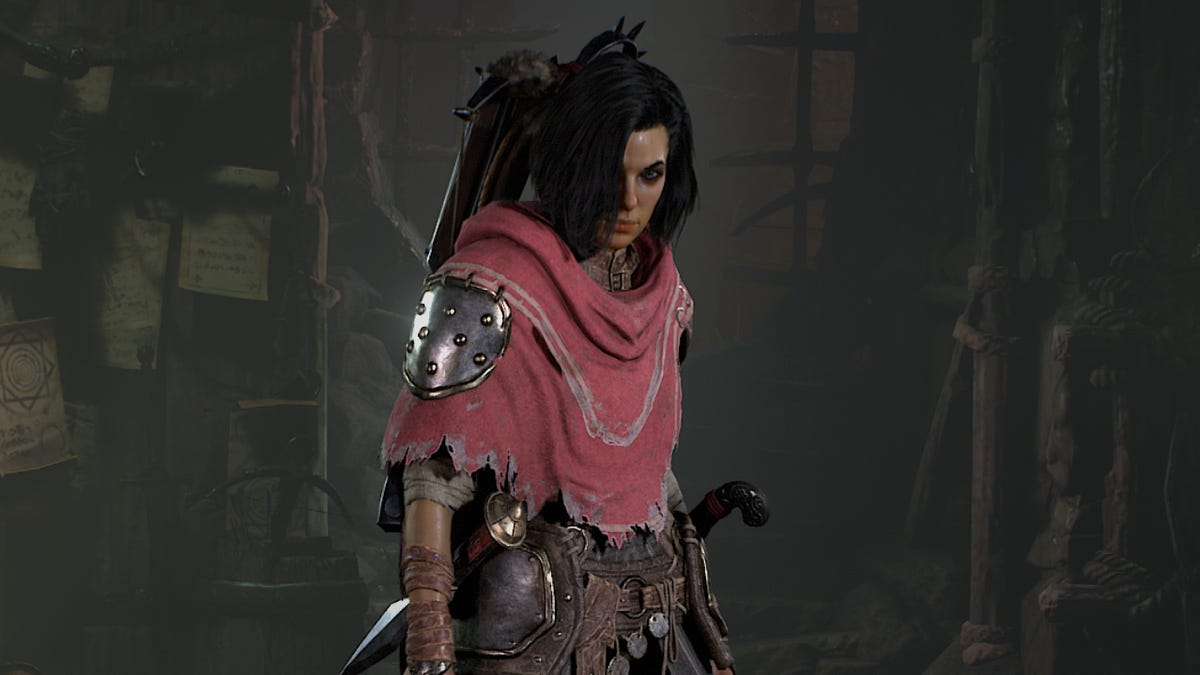There was something charming about the point-and-click adventures that we had a lot of, especially in the 90s. It’s a genre that may not be completely dead (we’ve seen a few such adventures in recent years), but it’s been somewhat forgotten. VR title Retropolis 2 is best described as one such game, albeit in first-person and virtual reality. We return to Detective Philip’s log from the first game of 2021, and since I didn’t play it, I had to watch some videos and read about the plot of the original to be prepared for this sequel.
Jenny, Philip’s lover, mysteriously disappears and a character called “The Wizard” claims to have her in his captivity. We have a game divided into four episodes in which Philip is immersed in a mystery that is reminiscent of the point-and-click titles of the past, both in terms of story and especially gameplay. You view the game from a first-person perspective, but you cannot move freely, instead using the long robotic arms to examine objects in the environment. “Robots?” you ask. Yes, the inhabitants of the city of Retropolis are all mechanical types, we are presented with a sort of futuristic noir style with bright colors and a charming visual style that is also hand-drawn. The whole atmosphere of the game really breathes something special and I like the design chosen, even if the environment can often seem a bit deserted.
In each of these environments there are almost always a number of objects that need to be picked up and placed somewhere in order to progress. Sometimes it’s quite complicated but at the same time very clear when you get it and you usually quickly understand what to place where. You also have a small chest where you can put the items so you don’t have to carry them. So it’s mostly about exploring the environment itself and then finding items or solving a puzzle to advance the plot and reach new places.
Retropolis 2 is pretty simple in many ways, and that’s the point. The developers want to provide a relaxed and accessible gaming experience that you can play sitting down without having to move around much. For me, that’s great, but I really miss being able to explore the places you visit on foot. You’re locked in your seat as always, and can only turn around, but can’t move or get close to things, instead you’re limited to reaching your arms out to the things that light up when you can integrate yourself into them. The actual interaction with things is fine, but it’s rather lacking and becomes a bit too simple and stripped down to the essentials when the movement pattern becomes fixed. I understand the idea of making a game where you just click and rotate, but as I said, it becomes a bit too easy.
Advertising:
Although some of the visual effects are lacking, with large black areas and light sources that only show what needs to be shown, the visual style is enough to make it entertaining. I like everything from the animations of the robot characters to the design of most of the locations. However, short scenes that look like small movies break the immersion in VR for me when viewed as a 2D movie. But overall, the design is something that adds tremendously to the gaming experience, and there are plenty of fun touches throughout, from the signs to the sometimes quirky dialogue. The dubbing is almost always more than decent, and the music often underlines the atmosphere and fits the adventure very well.
The four episodes that make up the story each last a little over an hour, depending on how quickly you solve the puzzles of course, plus you can easily access a text walkthrough from the menu. Some puzzles don’t seem entirely obvious or logical, but if you need a little help without getting the full solution, it’s a good tool to poke around a bit and avoid the frustration of getting stuck on a challenge for a long time.
Advertising:
There’s a lot to like about Retropolis 2: Never Say Goodbye, and looking at the review of the first game, it’s clear that a lot has evolved from that. I like its quirky charm, and the puzzles are something I personally always enjoy. As usual, this works really well in VR.
However, the game itself seems a bit oversimplified and doesn’t really add much new to the format itself, aside from being a nostalgic throwback to the same genre I talked about in the introduction. However, it’s a fun adventure by any measure and offers a couple of hours of good gameplay and reasonably complicated puzzles coupled with great design.











